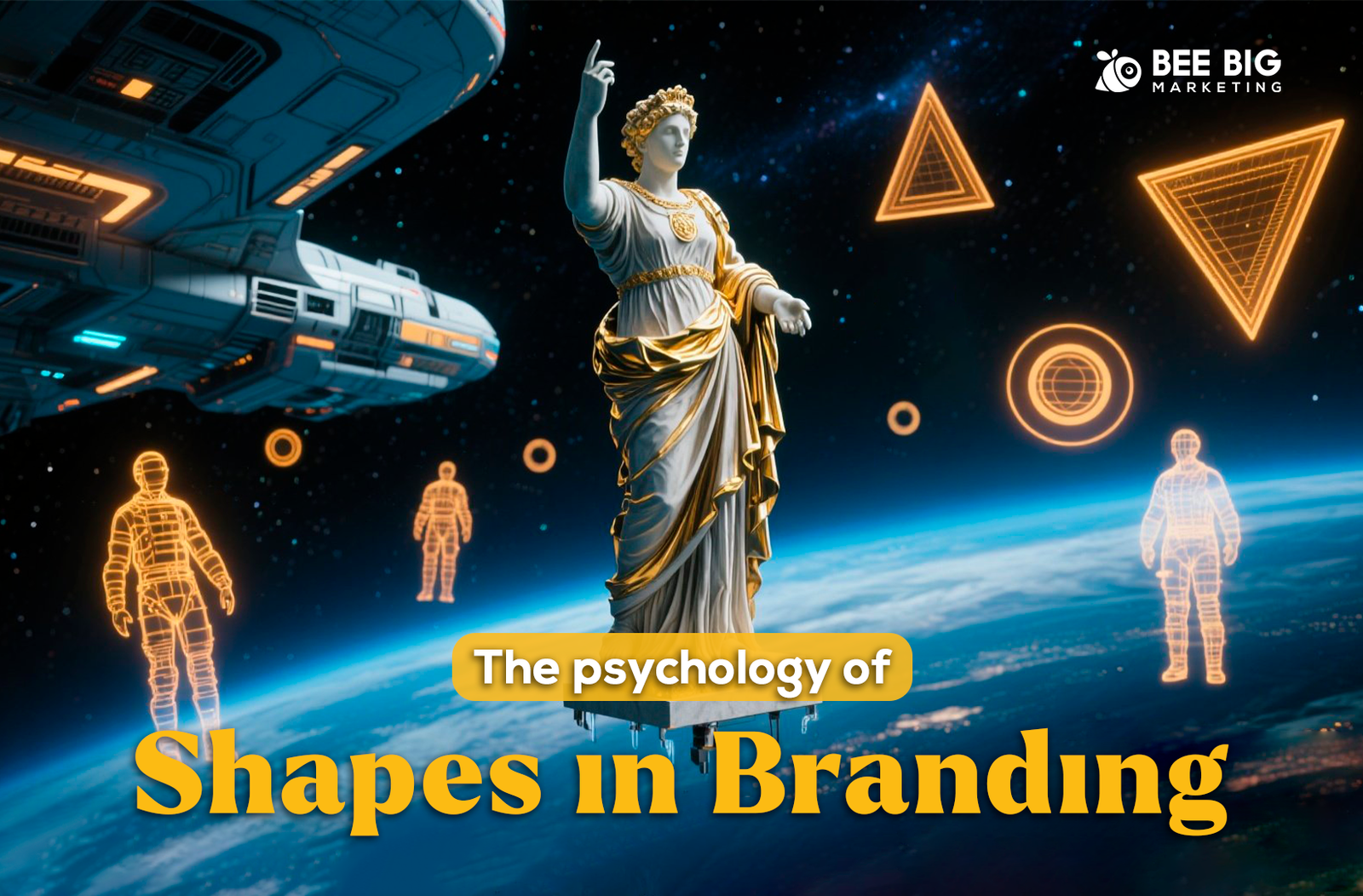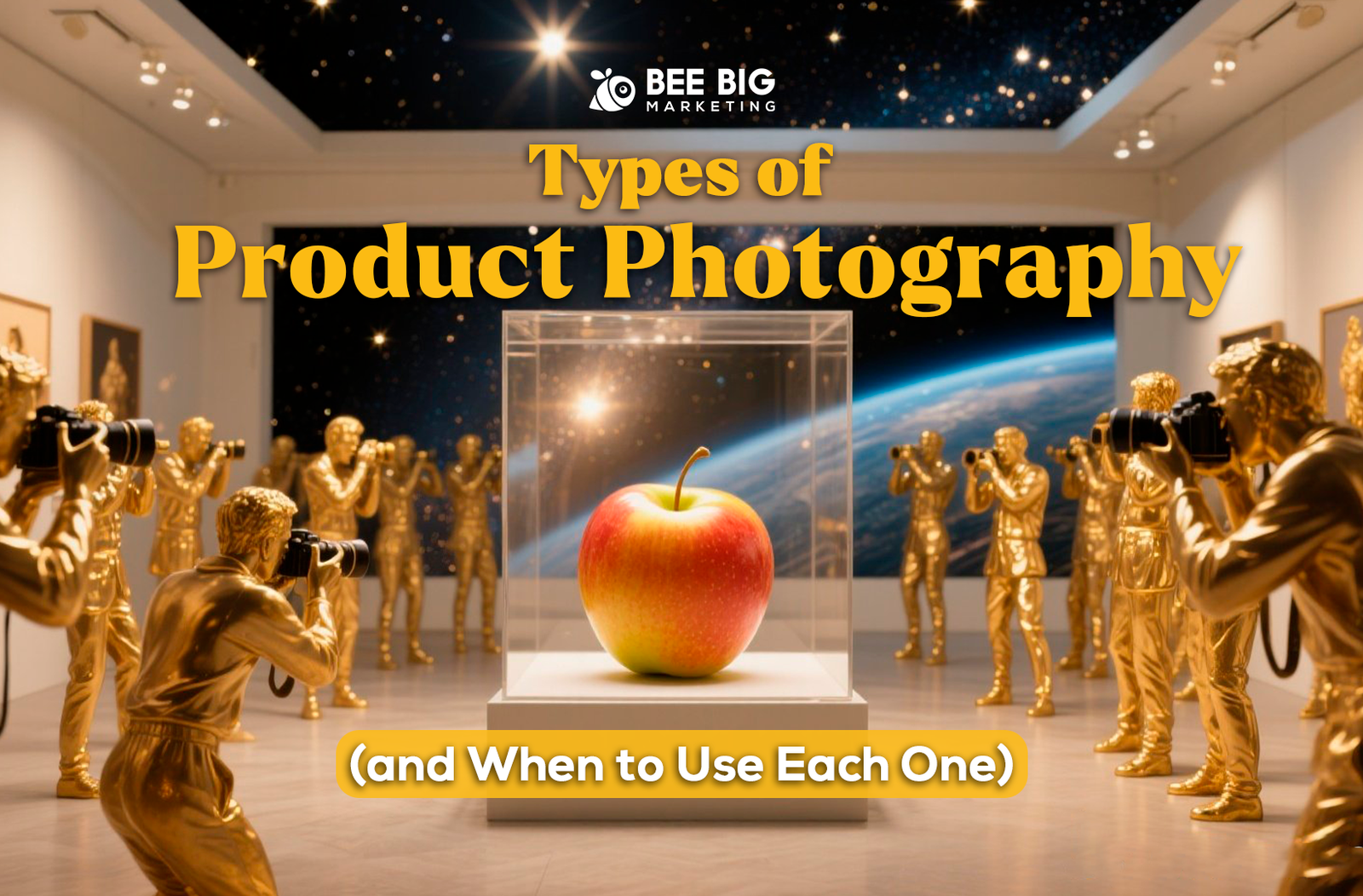The Psychology of Shapes: How They Influence Branding and Marketing
Introduction
When it comes to visual identity, most people think about colors and typography first. However, shapes also carry powerful psychological messages that influence how consumers perceive a brand. From a logo to website icons or packaging design, every curve and line impacts whether people feel trust, security, or energy toward a business.
This article explores the psychology of shapes and how you can use it to make your brand communicate more effectively.
What Is the Psychology of Shapes?
The psychology of shapes studies how humans interpret and react to different visual patterns. Just as colors evoke specific emotions, shapes trigger universal perceptions linked to stability, movement, creativity, or professionalism.
By understanding this visual language, brands can design identities that instantly connect with their audience.
The Meaning of Key Shapes in Marketing
1. Circles and Rounded Shapes
Associated with: unity, community, protection, softness.
Create a sense of harmony and continuous movement.
Commonly used by: tech brands, communication apps, or companies that want to emphasize inclusion and trust.
2. Squares and Rectangles
Associated with: stability, security, order, professionalism.
Convey structure and balance.
Commonly used by: banks, educational institutions, and companies looking to project reliability.
3. Triangles
Associated with: direction, power, ambition, dynamism.
Orientation matters: upward triangles suggest growth, downward may imply risk or instability.
Commonly used by: technology, energy, and sports brands.
4. Straight Lines
Horizontal: calmness, rest, and stability.
Vertical: strength, authority, and growth.
Commonly used in: editorial design, signage, and minimalist packaging.
5. Organic and Irregular Shapes
Associated with: creativity, authenticity, innovation.
Evoke closeness and naturalness.
Commonly used by: sustainable brands, natural foods, artisanal fashion.
Applying Shape Psychology to Branding
Logos: Choosing the right base shape sets the tone of your brand even before colors or fonts come into play.
Packaging: Shapes influence perception — rectangular boxes feel reliable, while curved or asymmetrical packaging stands out as innovative.
Web and UX Design: Rounded buttons encourage interaction, while sharper edges convey seriousness.
Advertising: Strategic use of shapes guides the consumer’s eye and reinforces the campaign’s main message.
Real-World Examples
Coca-Cola: The curvy logo and dynamic wave communicate joy and movement.
Microsoft: The square “window” represents order, reliability, and structure.
Nike: The swoosh, with its curved and sharp movement, evokes speed and aspiration.
Conclusion
The psychology of shapes is a silent but powerful tool in branding and marketing. Choosing between a circle, a square, or a triangle can completely shift how your brand is perceived.
At Bee Big, we know that every detail counts. Designing with strategy means using shapes not just as decoration, but as tools to communicate emotions and build lasting connections with your customers.







